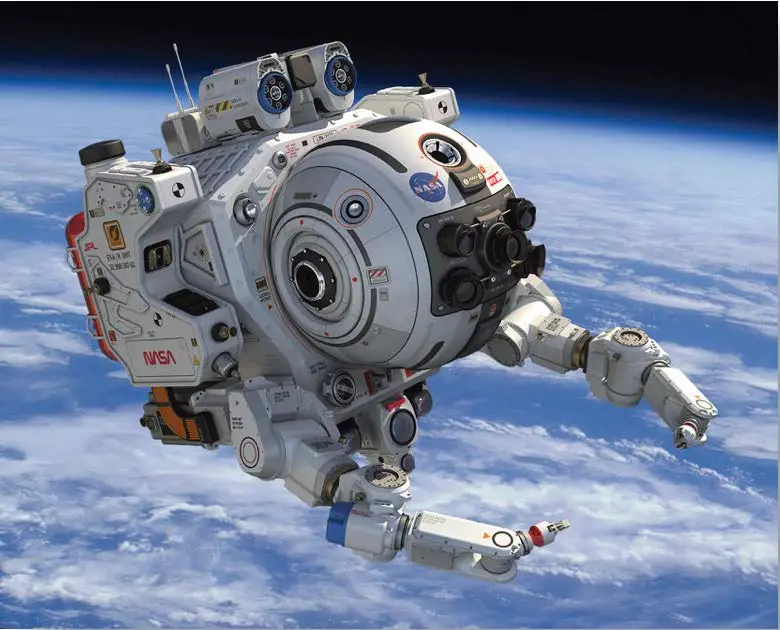Mobile manipulators are a type of robotic platform that combines a mobile base with an arm and gripper. These systems are designed to operate in unstructured environments, such as homes and offices, and can perform tasks such as pick-up-and-place operations, retrieval, and inspection.
Mobile manipulators offer many advantages over traditional robotic systems. First, they are much more versatile, as they can move around freely and access different areas. Second, they are equipped with an arm and gripper, which allows them to interact with their surroundings in a more natural way. Third, they are designed to operate in unstructured environments, meaning they can deal with obstacles and changes in their environment more effectively.
All of these advantages make mobile manipulators ideal for a variety of settings, including health care. In fact, mobile manipulators have the potential to transform the way health care is delivered, making it more efficient and effective.
There are a number of ways in which mobile manipulators can be used in health care settings. For example, they can be used to transport medical supplies or to assist with patient transfers. They can also be used to provide rehabilitation services or to help with tasks such as bathing and dressing. In addition, mobile manipulators can be equipped with sensors and other devices that allow them to monitor patients’ vital signs or to provide other forms of care.
The potential applications of mobile manipulators in health care are seemingly endless. With their ability to boost efficiency and effectiveness, it is clear that mobile manipulators will play a major role in the future of health care.
A mobile manipulator is a robotic platform that combines a mobile base with an arm and gripper. These systems are designed to operate in unstructured environments, such as homes and offices, and can perform tasks such as pick-up-and-place operations, retrieval, and inspection.
Mobile manipulators offer many advantages over traditional robotic systems. First, they are much more versatile, as they can move around freely and access different areas. Second, they are equipped with an arm and gripper, which allows them to interact with their surroundings in a more natural way. Third, they are designed to operate in unstructured environments, meaning they can deal with obstacles and changes in their environment more effectively.
All of these advantages make mobile manipulators ideal for a variety of settings, including health care. In fact, mobile manipulators have the potential to transform the way health care is delivered, making it more efficient and effective.
There are a number of ways in which mobile manipulators can be used in health care settings. For example, they can be used to transport medical supplies or to assist with patient transfers. They can also be used to provide rehabilitation services or to help with tasks such as bathing and dressing. In addition, mobile manipulators can be equipped with sensors and other devices that allow them to monitor patients’ vital signs or to provide other forms of care.
The potential applications of mobile manipulators in health care are seemingly endless. With their ability to boost efficiency and effectiveness, it is clear that mobile manipulators will play a major role in the future of health care.
The advantages of mobile manipulators
There are many potential advantages to using mobile manipulators in health care settings. One advantage is that they can help to reduce the amount of time needed to complete tasks. Mobile manipulators can also help to improve safety and efficiency by reducing the need for human intervention in tasks. Additionally, mobile manipulators can be used to support patients with disabilities or limited mobility.
Another potential advantage of mobile manipulators is that they can provide a higher level of flexibility and control when compared to traditional robotic systems. For example, mobile manipulators can be equipped with multiple arm configurations to allow for a greater range of motion. Additionally, mobile manipulators can be equipped with sensors and cameras to improve task accuracy and safety.
Finally, mobile manipulators can help to improve the overall quality of care in health care settings. For instance, mobile manipulators can be used to assist nurses and doctors with tasks such as patient transfers or wound dressing. Additionally, mobile manipulators can be used to provide physical therapy or rehabilitation services to patients. In sum, the potential advantages of mobile manipulators are numerous and varied, making them a potentially valuable addition to any health care setting.
How mobile manipulators can be used in health care settings
Mobile manipulators can be used in a variety of ways in health care settings. For instance, mobile manipulators can be used to assist nurses and doctors with tasks such as patient transfers or wound dressing. Additionally, mobile manipulators can be used to provide physical therapy or rehabilitation services to patients. Additionally, mobile manipulators can be equipped with sensors and cameras to improve task accuracy and safety. In sum, mobile manipulators can be used in a variety of ways to help improve the overall quality of care in health care settings.
In conclusion, mobile manipulators offer a number of potential advantages for health care settings. These advantages include the ability to reduce the amount of time needed to complete tasks, improve safety and efficiency, and provide a higher level of flexibility and control. Additionally, mobile manipulators can be used to improve the overall quality of care in health care.







